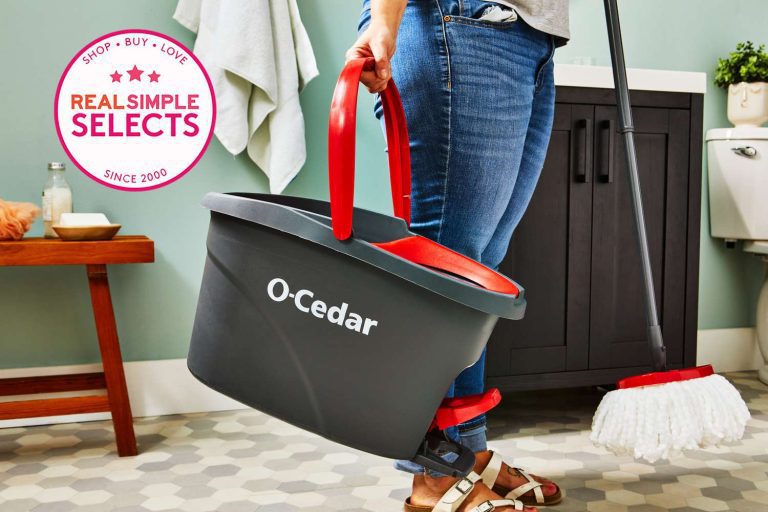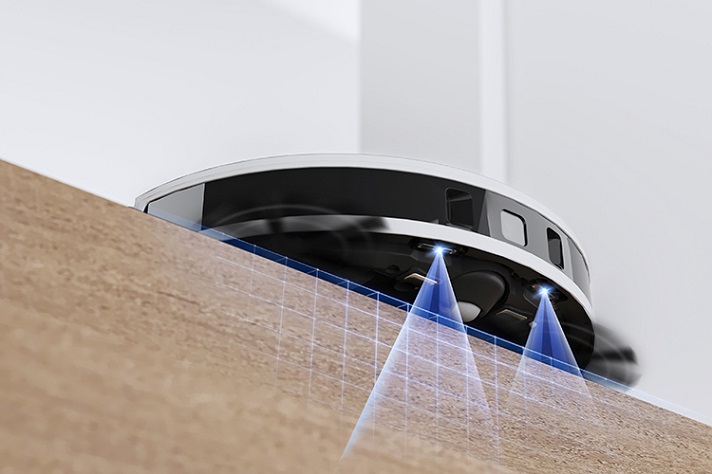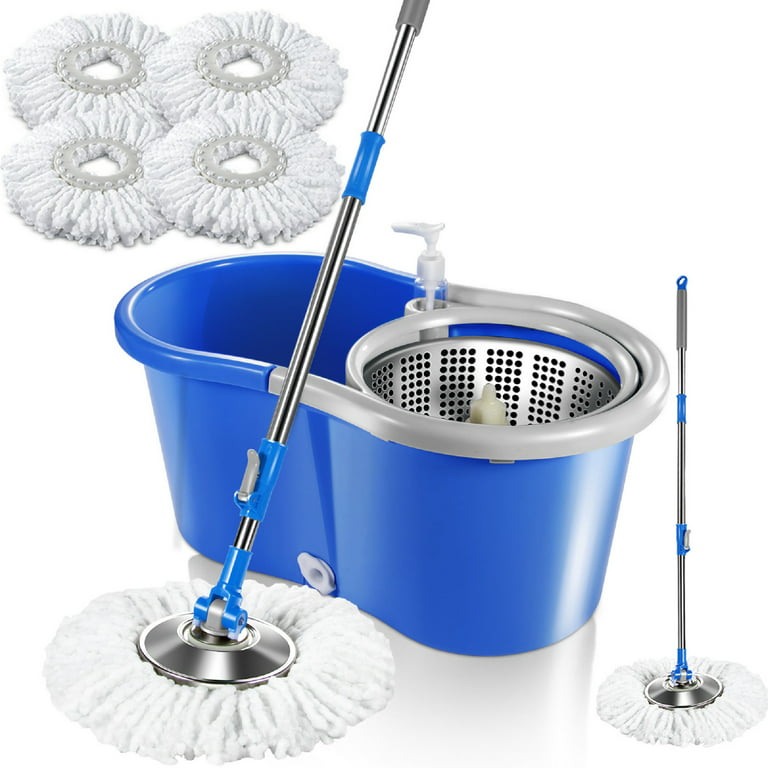How to Clean Robot Vacuum Cleaner?
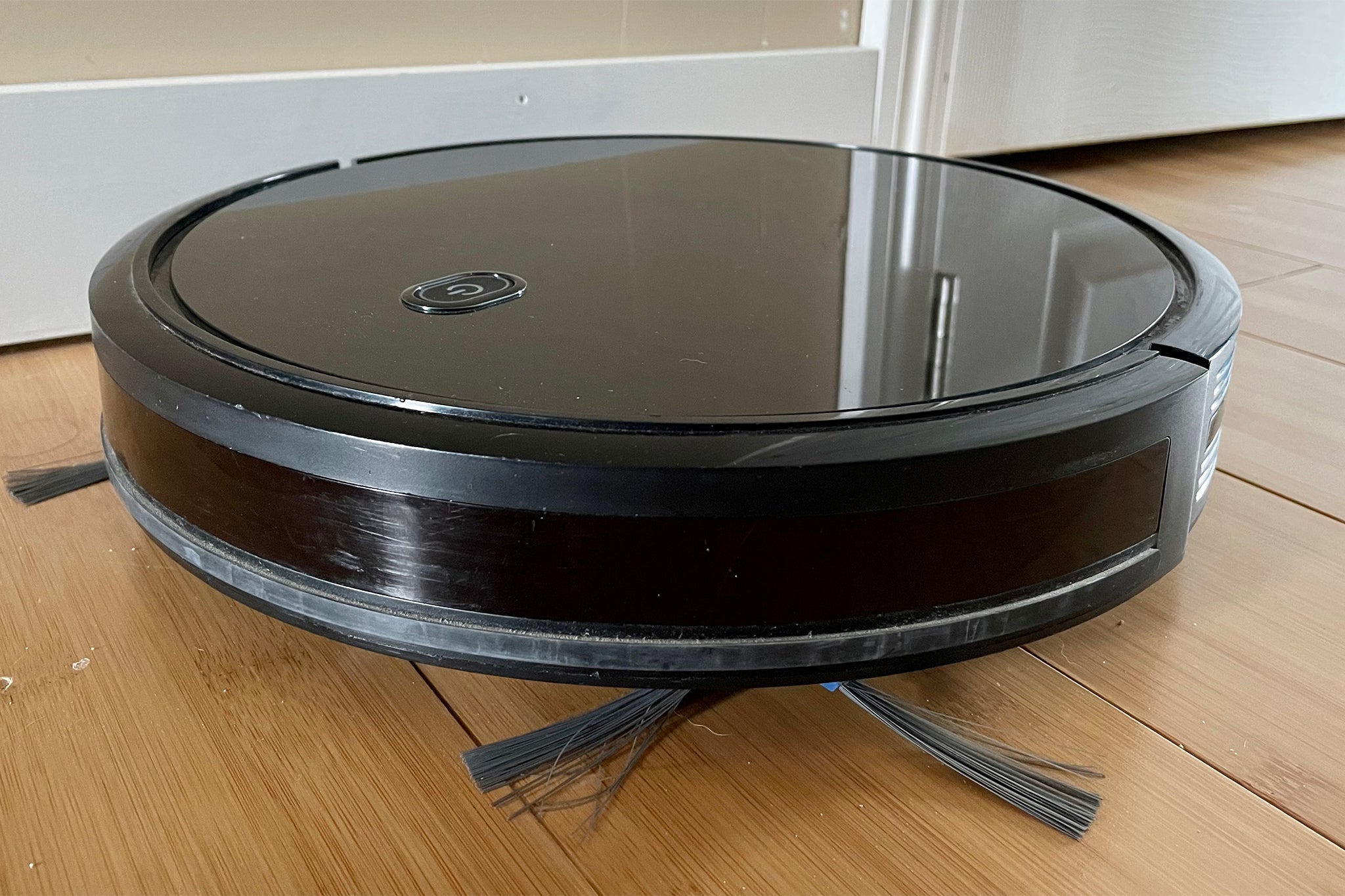
To clean a robot vacuum cleaner, begin by emptying the dustbin and removing any hair or debris. Then, wipe the sensors with a clean, dry cloth.
Why Regular Cleaning Is Essential
Regular cleaning of your robot vacuum cleaner is essential for prolonging its lifespan. By keeping it clean, you can maintain optimal cleaning performance and ensure that it functions efficiently. Additionally, regular cleaning helps to improve indoor air quality by removing dust, dirt, and allergens from your home.
It is important to clean the brushes, filters, and sensors of your robot vacuum regularly to prevent clogging and maintain its effectiveness. Make sure to remove any hair or debris from the brushes and clean the filters to ensure proper suction power.
Regularly wiping the sensors will also help to prevent the accumulation of dirt and dust. So, take the time to clean your robot vacuum cleaner regularly to enjoy its benefits for a long time.
Cleaning Preparations
To clean your robot vacuum cleaner, start by gathering the necessary cleaning supplies. Turn off and unplug the device, then remove the dustbin.
Cleaning The Dustbin
To clean the dustbin of your robot vacuum cleaner, start by removing the filter. Once removed, dispose of the collected dust and debris properly. Next, clean the dustbin using mild soap and water, ensuring that all surfaces are thoroughly scrubbed.
After cleaning, make sure to dry the dustbin completely before reattaching the filter. This will prevent any moisture from causing mold or mildew growth in the dustbin. Keeping your robot vacuum cleaner’s dustbin clean is essential for maintaining its effective performance and prolonging its lifespan.
Regular cleaning and maintenance will ensure that your robot vacuum continues to function optimally, giving you clean and dust-free floors with every use.
Cleaning The Brushes And Rollers
Regularly cleaning the brushes and rollers of your robot vacuum cleaner is essential to maintain its performance. Begin by locating the brush and roller mechanism. You might notice hair and fibers entangled in the brushes or rollers. Use a brush or toothpick to remove any debris stuck in these parts.
Once the debris has been removed, it’s time to clean the brushes and rollers with water. Ensure you follow the manufacturer’s instructions regarding the brush and roller cleaning process. By cleaning these components regularly, you’ll ensure that your robot vacuum cleaner continues to efficiently pick up dirt and debris from your floors.
Keep in mind that proper maintenance and cleaning will prolong the lifespan of your robot vacuum cleaner, allowing it to serve you well for years to come.
Cleaning The Sensors
To clean the robot vacuum cleaner’s sensors, use a clean, dry cloth to carefully wipe them. Avoid using liquids or sprays directly on the sensors. It’s important to ensure that the sensors are free from any dust or dirt.
Cleaning The Wheels
To clean the wheels of your robot vacuum cleaner, start by checking for any debris that may be lodged in them. If you spot any obstructions, carefully remove them using a toothpick or brush. Once the wheels are free from debris, wipe them clean with a damp cloth.
This will help ensure that the wheels can move smoothly and effectively, allowing your robot vacuum cleaner to navigate your floors with ease. Regularly cleaning the wheels of your robot vacuum cleaner will not only improve its performance but also extend its lifespan, ensuring that it continues to provide efficient cleaning for years to come.
Cleaning The Charging Contacts
Inspect the charging contacts on your robot vacuum cleaner for any dust or debris.
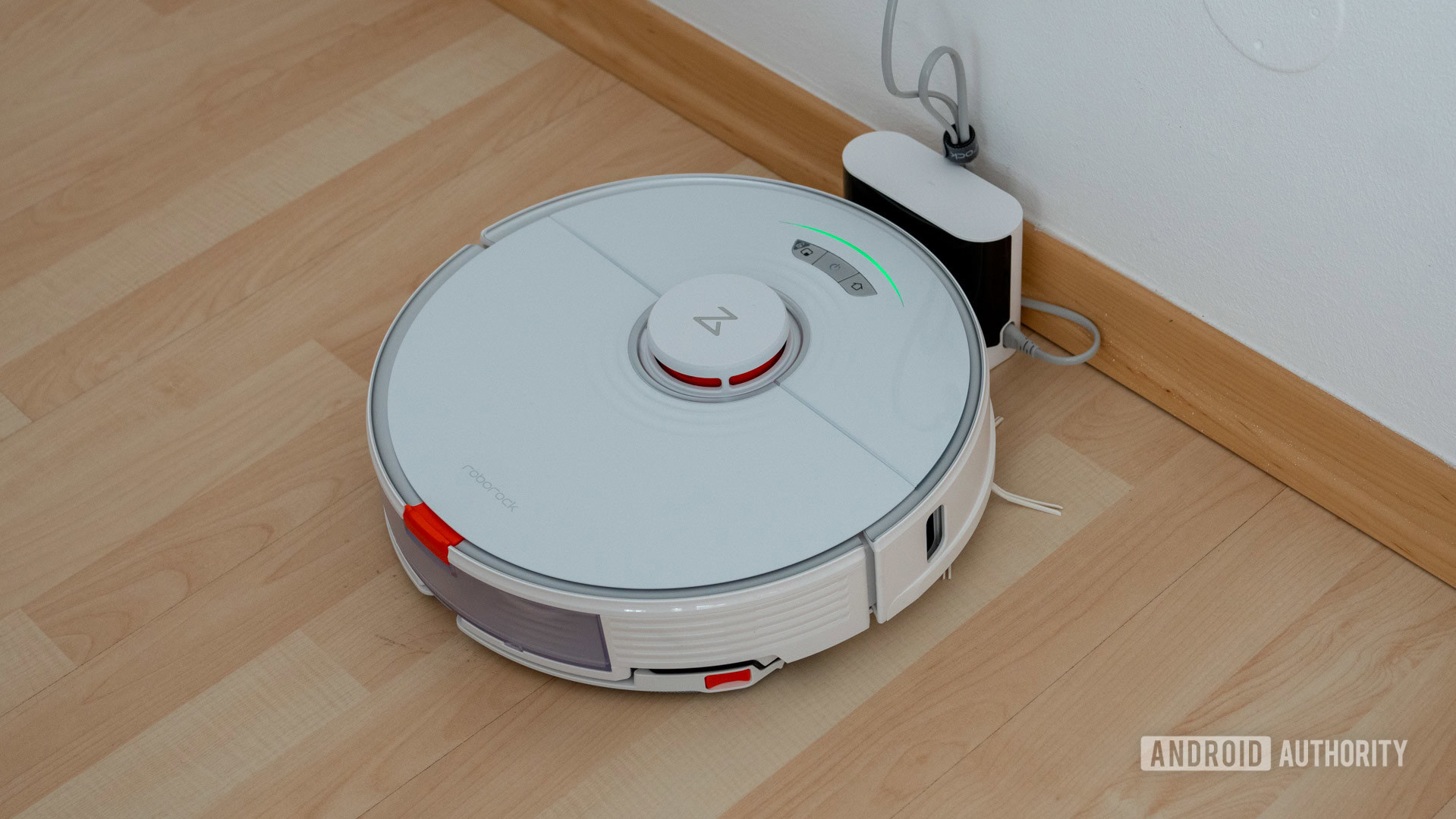
Credit: www.androidauthority.com
Cleaning The Exterior
To clean the exterior of your robot vacuum cleaner, start by wiping the surfaces with a damp cloth. If there are stubborn stains, use mild soap and water for a deeper clean. Make sure to dry the exterior thoroughly to prevent any water damage.
Regularly cleaning the exterior of your robot vacuum cleaner will help to maintain its appearance and prolong its lifespan. By following these simple steps, you can keep your robot vacuum cleaner looking and functioning its best.
Reassembling And Finishing Touches
After cleaning the components of your robot vacuum cleaner, make sure to allow them to fully dry. Once dry, reinsert the cleaned dustbin and filter back into the machine. Then, plug in the robot vacuum cleaner to ensure it has power.
Finally, run a test cycle to make sure the vacuum is functioning properly. It’s important to follow these steps to ensure your robot vacuum cleaner is clean and ready to use.
Cleaning Schedule
To effectively clean your robot vacuum cleaner, establish a regular cleaning routine that includes thorough maintenance tasks. Set reminders to ensure you don’t overlook these important steps. It’s crucial to follow the manufacturer’s recommendations for cleaning and maintaining your robot vacuum cleaner.
By doing so, you can prolong its lifespan and optimize its performance. Regular cleaning will prevent dirt and debris buildup, allowing the vacuum cleaner to efficiently clean your floors. Performing maintenance tasks, such as emptying the dustbin and cleaning the brushes, should be done as often as recommended by the manufacturer.
Don’t forget to replace any worn-out parts according to their suggested lifespan. By adopting a proactive approach to cleaning and maintenance, your robot vacuum cleaner will continually perform at its best.
Frequently Asked Questions Of How To Clean Robot Vacuum Cleaner
How Often Do You Have To Clean A Robot Vacuum?
A robot vacuum should be cleaned regularly, ideally after every use, to ensure optimal performance. Cleaning frequency can also depend on the size of your home and the amount of dirt and debris it picks up. It is essential to empty the dustbin after each cleaning session and remove any tangled hair or debris from the brushes.
The filter should be cleaned or replaced every few weeks, depending on the manufacturer’s instructions. Regular maintenance will prevent clogs, improve suction power, and prolong the lifespan of your robot vacuum. Remember to consult the user manual for specific cleaning instructions and recommendations.
How Do I Manually Clean My Irobot?
To manually clean your iRobot, follow these steps:
1. Turn off and unplug your iRobot before cleaning.
2. Remove the dustbin or collection bin from the machine.
3. Empty the contents of the bin into a trash bag or dispose of it.
4. Use a clean, dry cloth or brush to remove any debris or dirt from the bin.
5. Wipe down the sensors and charging contacts with a soft cloth.
6. Check the brushes for tangled hair or string and remove them.
7. Gently clean the brushes with water and mild soap if needed.
8. Let the parts dry completely before reassembling.
9. Reattach the bin to the iRobot and plug it back in.
10. Press the clean button to start your iRobot.
How Do You Clean Robot Vacuum Sensors?
To clean robot vacuum sensors, follow these steps:
1. Turn off and unplug the robot vacuum.
2. Locate the sensors, usually located on the front and bottom of the vacuum.
3. Use a soft, microfiber cloth or a cotton swab to gently wipe the sensors.
4. Ensure that the sensors are free from dust, debris, or any blockages.
5. If the sensors are particularly dirty, dampen the cloth or swab with water or a mild cleaning solution (check the manufacturer’s instructions first).
6. Allow the sensors to dry completely before turning on the robot vacuum again.
7. Regularly clean the sensors to ensure optimal performance and accurate navigation.
Conclusion
Cleaning your robot vacuum cleaner is essential to maintain its performance. Regular maintenance includes emptying the dustbin, cleaning the filters, and removing debris from brushes and sensors. It’s also crucial to periodically check for tangled hair or strings. This routine upkeep ensures that your robot vacuum functions optimally, providing efficient and thorough cleaning. By dedicating a few minutes to cleaning your robot vacuum, you’ll enjoy a longer lifespan and consistent cleaning performance, making it a worthwhile investment for a tidy home.

